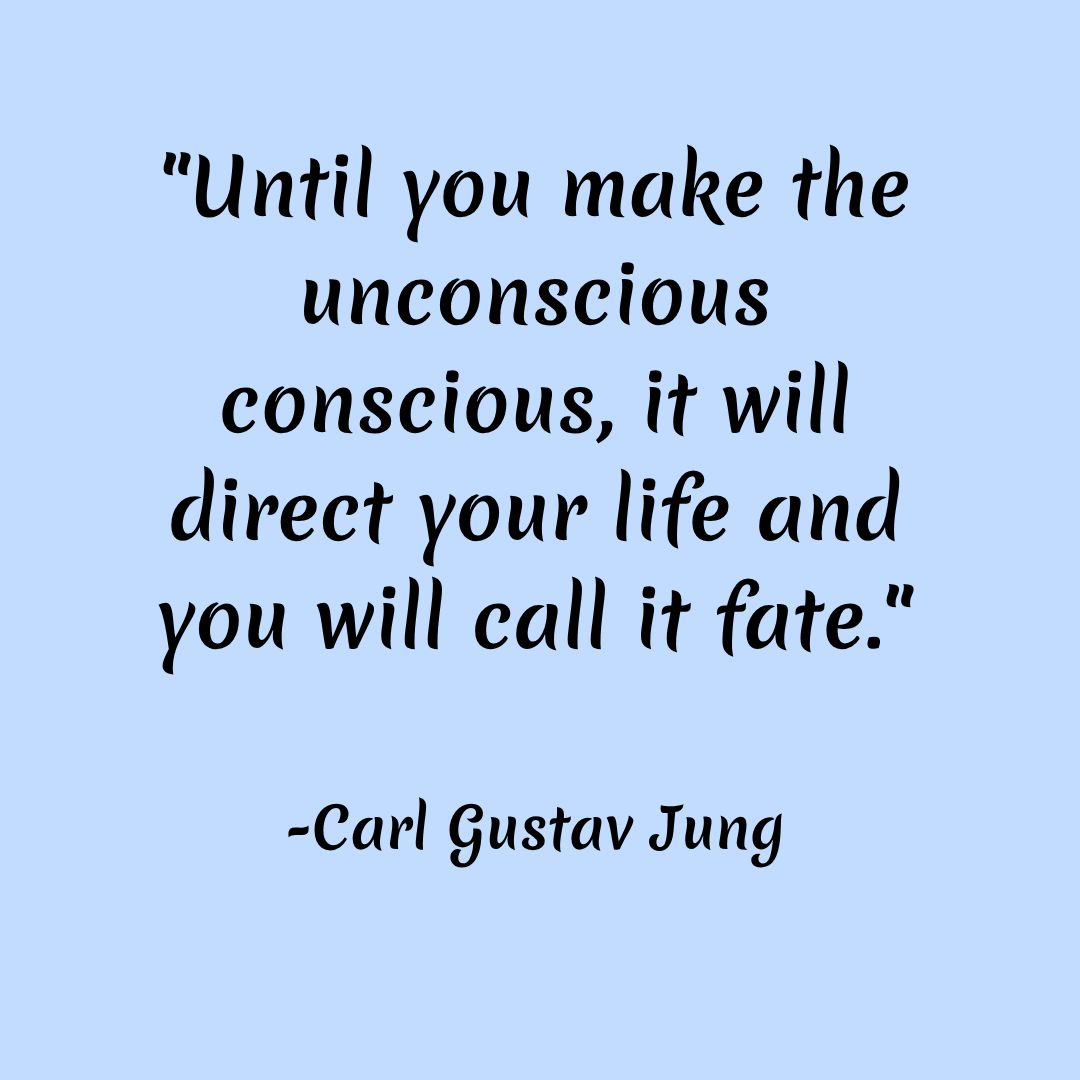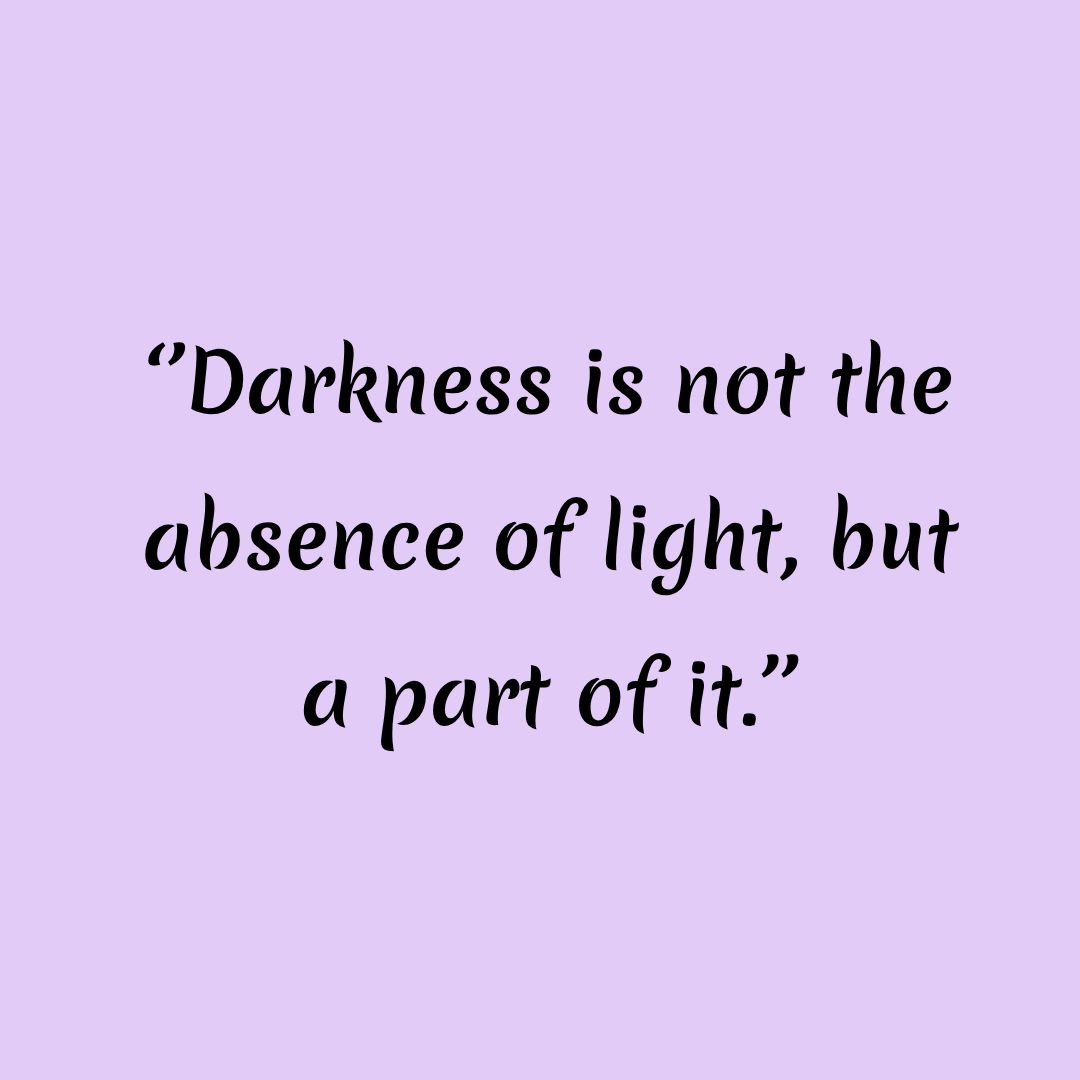
Shadow Work Guide: Confront and Integrate Your Darkness
Within all of us, there is a side that society, our family, or we ourselves have labeled as "unacceptable," suppressed, and ignored. This is the dark and hidden corner of our unconscious. In the depths of psychology, this concept is called the "shadow." Shadow work, on the other hand, is a transformative journey where we show the courage to confront this dark side, understand it, and ultimately integrate it with our whole self.
In this blog post, we will explore step-by-step what shadow work is, what experts say about it, the incredible benefits of keeping a shadow journal, and how to begin this journey.
What is Shadow Work?
Shadow work is based on the concept of the "shadow archetype," introduced by Carl Gustav Jung, the founder of analytical psychology. According to Jung, the shadow contains all the aspects of our personality that we consciously reject or suppress.
So, what is inside the shadow?
Contrary to common belief, the shadow is not just composed of "bad" or "negative" traits. Yes, it harbors feelings we find hard to accept, such as jealousy, anger, greed, and selfishness. However, it also contains suppressed positive traits:
Suppressed Creativity: The creative potential of someone raised with the belief that "being an artist isn't a real job."
Suppressed Talents: Leadership qualities hidden to avoid being seen as "too assertive" in society.
Suppressed Emotions: Sensitivity suppressed by the saying "men don't cry," or anger ignored by the notion that "good girls don't get angry."
The shadow is like a chest where all behaviors, thoughts, and feelings that were disapproved of, punished, or shamed by our parents, teachers, or society during childhood accumulate. We push it into the unconscious because we have learned that these parts of ourselves are not worthy of love.
The purpose of shadow work is not to destroy this chest, but to courageously open it, understand its contents, and accept them. As Jung said, "One does not become enlightened by imagining figures of light, but by making the darkness conscious."

What Do Experts Say About Shadow Work?
1. Carl Gustav Jung and Analytical Psychology:
According to Jung, not confronting the shadow is psychologically dangerous. These suppressed aspects do not disappear; they emerge out of our control, often at the most unexpected moments. He calls this situation "projection." We see a trait in ourselves that we do not accept (for example, a tendency to be critical) in an exaggerated way in others and react intensely towards them. The things that trigger us most in others are often a reflection of our own shadow.
For Jung, integrating the shadow—that is, accepting its existence and incorporating it into the conscious self—is one of the most important steps on the path to achieving psychological wholeness, which he called "individuation." The suppressed energy in the shadow, when integrated, can transform into immense life force and creativity.
2. Modern Psychotherapy Approaches:
Although the term "shadow work" belongs to the Jungian school, its fundamental principles resonate in many modern therapy approaches:
Cognitive Behavioral Therapy (CBT): The process of exploring automatic negative thoughts and core beliefs is similar to confronting distorted self-perceptions in the shadow.
Acceptance and Commitment Therapy (ACT): The practice of accepting and observing unwanted internal experiences (thoughts, feelings) instead of suppressing them aligns with the philosophy of accepting the shadow.
Internal Family Systems (IFS): This model suggests that our self is composed of different "parts." The "exiled" parts are often the traumatic and shame-filled experiences hidden in the shadow. Therapy aims to connect with these parts with compassion.
The consensus among experts is this: it is impossible to achieve true psychological health and wholeness without accepting our entire selves—both our light and dark aspects.
What Are the Benefits of Keeping a Shadow Work Journal?
One of the most effective and safe ways to do shadow work is by journaling. Here are the benefits:
Increased Self-Awareness: You begin to understand why you overreact in certain situations, what triggers you, and the real motivations behind your behaviors.
Healthier Relationships: When you recognize the shadow aspects you project onto others, the cycles of blame and conflict in your relationships decrease. You build more authentic and honest connections.
Emotional Healing: A journal provides a safe space to express suppressed emotions and painful memories without fear of judgment. This helps in processing traumas.
Unleashing Creativity and Potential: The energy and talents locked in the shadow are released. As you make peace with the parts of yourself you didn't allow, you become more authentic and creative.
Increased Self-Compassion: As you understand the parts of yourself you saw as "flawed" and "dark," you learn to be more understanding and compassionate towards yourself.

How to Keep a Shadow Work Journal?
This journey requires courage and honesty. Here are practical steps to get started:
1. Create a Safe Space:This journal is entirely private. You can use a physical notebook or an encrypted digital file. The important thing is to ensure you can express yourself completely without censorship.
2. Write Without Judgment: Your goal is to write whatever comes to mind, as it is, without filtering. Don't worry about grammar, spelling, or how the sentence looks. This is not a performance; it's a process of discovery.
3. Explore Your Triggers (Guiding Questions): If you don't know what to write at first, you can start with guiding questions like the ones below. These questions are designed to bring your shadow to the surface:
Projection and Reactions:
What traits in others bother or anger me excessively?
What behaviors in people immediately put me on the defensive?
When was the last time I had a disproportionate reaction to someone? What did I really feel in that moment?
Childhood and Learned Beliefs:
As a child, what emotions was I told not to show? (Anger, sadness, excitement, etc.)
What topics were never discussed in my family?
Did I ever receive advice like "Never be like..."?
Secrets and Shame:
What am I most afraid of people learning about me?
What secret do I keep even from my closest ones?
Is there something I did in the past that I still feel ashamed of?
The Positive Shadow (Admired Traits):
What qualities do I admire most in others?
Why don't I believe I can possess these qualities?
Do I ever find myself saying, "I wish I could be more..."?

4. Approach with Compassion:
Be kind to yourself when reading what you've written. These discoveries can be painful. Remember, these aspects may have formed to protect you as a result of difficult experiences. Approach them not as an enemy, but as a part of you that needs to be understood.
Important Note: Shadow work can be an intense process, potentially triggering memories, especially those related to deep traumas. Seeking support from a therapist on this journey can make the process safer and more constructive.
In Conclusion;
Shadow work is a radical act of self-love where we choose to embrace all our parts instead of denying ourselves. Darkness is not the absence of light, but a part of it. When we find the courage to face our own darkness, we not only feel more whole but also access our deepest wisdom and strength. This is a lifelong journey, but every step is worth it.